×
Save 20% On Your Purchase!
Use code SAVE20 at checkout to save on your purchase today from my Herbal Shop!
×
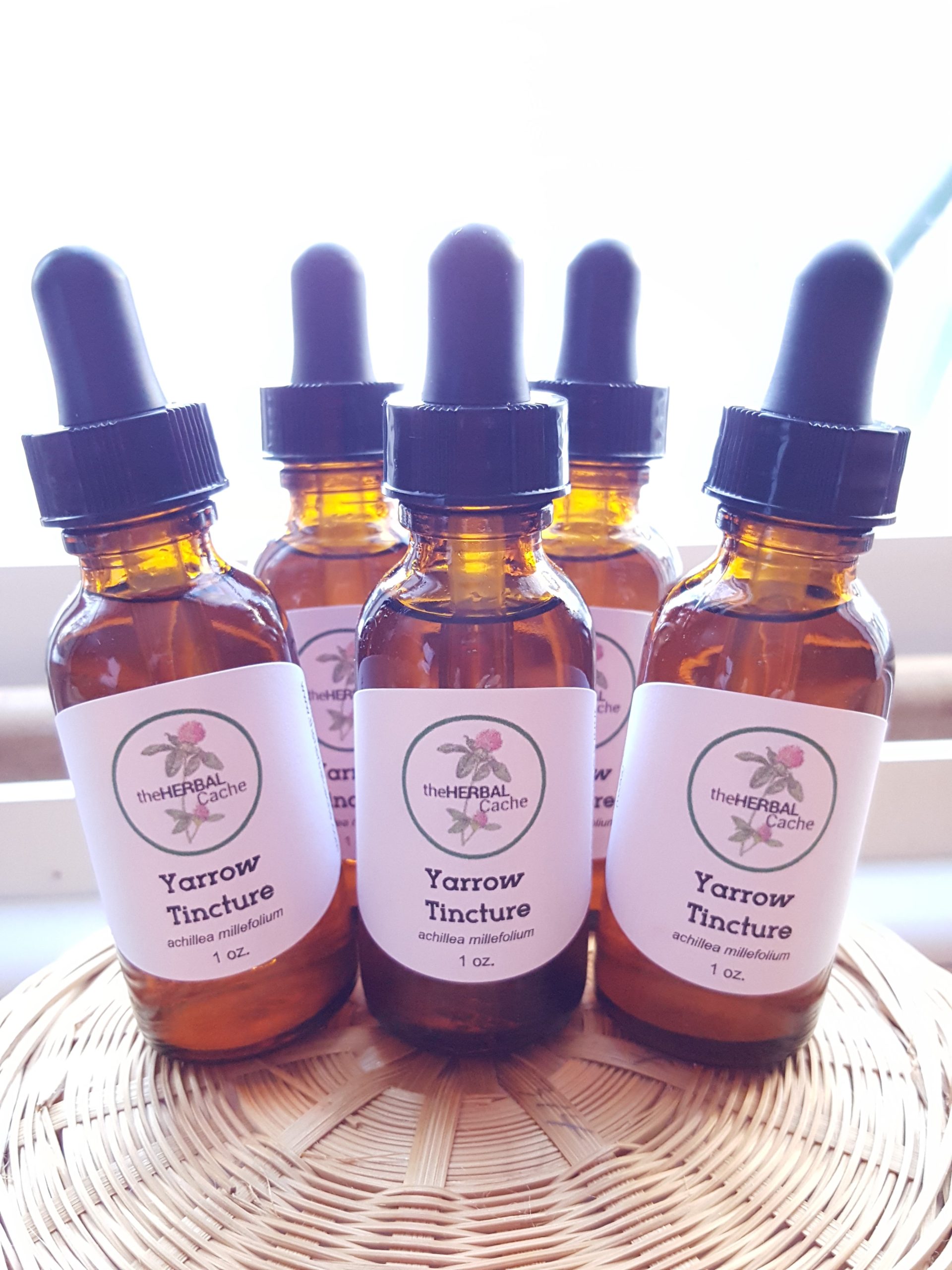
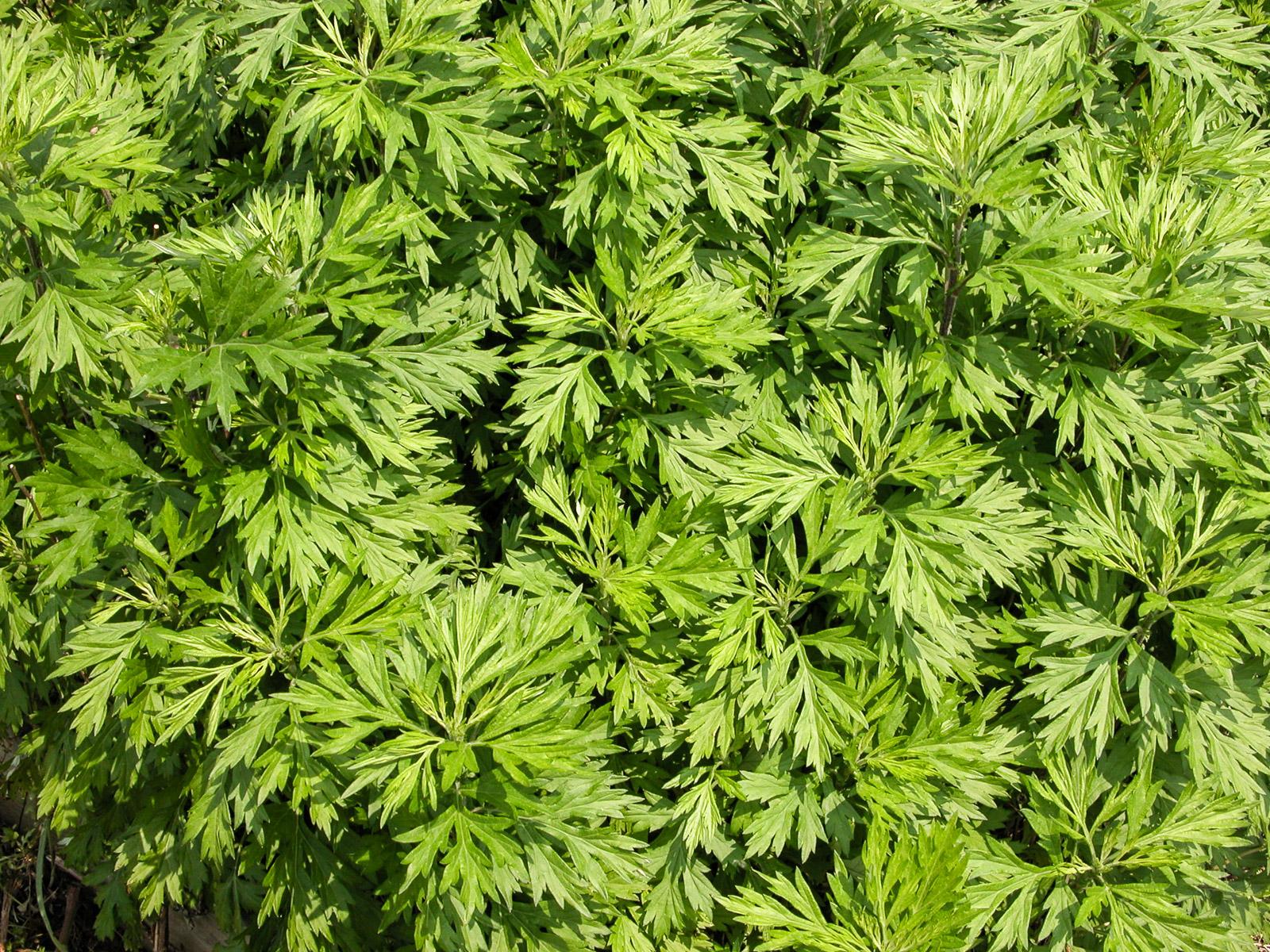
Mugwort, Artemesia vulgarisis, most commonly known as the plant for dreams. As the name suggests, this herb effects the subconscious and promotes vivid dreams. It is named after Artemis, the Greek goddess of the moon and hunt and has a rich history in many herbal traditions as an herb used in spiritual and ritual functions.
Mugwort has seen many uses throughout the years. It is believed that St. John the Baptist put it in his clothing when he was out in the wilderness for protection, hence its nickname, St. John’s Plant. To help increase stamina, Roman solders placed it in their sandals before going off to battle. The Anglo-Saxon tribes believed that mugwort was one of the Nine Herb Charms gifted to the world by the god Woden.
Some Native American tribes used mugwort as a tool to ward off evil spirits. The 16th century herbalist and astrologer, Nicholas Culpeper, associated it with the planet Venus and therefore is considered a nourishing herb for women’s health and vitality.
Mugwort has been notated as far back as 3 B.C., where it can be found in Chinese poetry and ballads.
And for those beer lovers, mugwort was used before hops became the standard in recipes.
Like the title of this blog post says, mugwort has so much more to offer then just dreams.
Mugwort contains several analgesic compounds, including monoterpenes, that help with pain when used topically. Traditional Chinese Medicine has a long history of using this herb for pain relief.
Because mugwort is considered a diuretic, it stimulates urination, one of the best way for your body to eminate toxins. In conjunction, it may also benefit the kidneys and bladder, improving their function and reducing the likelihood of infection.
With its high concentration of vitamin C and other antioxidants, mugwort is wonderful for helping support your immune system. Because vitamin C acts as a powerful antioxidant, it also helps neutralize the free radicals that cause inflammation and weaken the body’s immune system.
Several of its active compounds also stimulate the production of bile, which can speed digestion. Mugwort also helps to ease indigestion, stimulates appetite, reduces bloating and cramps. It may also combat uncomfortable conditions like constipation and diarrhea.
Be careful, as it is also a natural laxative. So don’t overdo it.
Mugwort can help in the treatment of dysmenorrhea, or menstrual cramps. It can also stimulate and regulate menstruation and support the body during the menopausal transition. Please note, pregnant women should not take it because it could lead to miscarriage and premature labor.
With its high concentration of potassium, iron, and calcium, mugwort is excellent for helping to maintain healthy bones and preventing osteoporosis, along with other age-related bone issues.
The beta carotene-derived vitamin A, found in mugwort, might protect against macular degeneration and slow cataract development.
A 2017 review concluded that aqueous and alcoholic (i.e., tea and tincture) extracts of mugwort and other species within the Artemisia genus can effectively decrease blood glucose levels with relatively lesser side effects than standard antidiabetic medications.
Mugwort, like its sister plant wormwood, it can help get parasites and intestinal worms out of your body. It also works against candida, including Staphylococcus aureus, Bacillus typhi, B. dysenteriae, streptococci, E. coli, B. subtilis, and pseudomonads (a 2020 review featured in PubMed by Halina Ekiert confirms this).
The nervine properties of mugwort may make it very helpful for treating anxiety, depression, and chronic stress. Herbalist David Hoffman writes, “[Mugwort] has a mild nervine action, which also appears to be related to volatile oil content, that may help ease depression and tension.” Need to relax? Make a cup of mugwort tea.
It has long been used for treating malaria since the outbreak in 1970, including the high-drug resistant strains. Mugwort contains artemisinin, an active chemical compound extracted from artemisia plants that makes it a perfect treatment for malaria.
Burning certain dried herbs helps to kill bad bacteria lingering around.
Mugwort has antimicrobial properties, so if you just want to purge your house of nasty bacteria, consider using a mugwort smudge or incense.
Mugwort has long been praised for its “psychic” and even “hallucinogenic” properties. But in reality, its hallucinogenic properties are nowhere near as intense as herbs like wormwood (which mugwort is related to) or vervain, and those who have experienced a narcotic high won’t find the experience similar at all.
Some users have claimed that it helps them remember their dreams more vividly and even have the occasional lucid dream.
Mugwort is a perennial that self-seeds and will grow just about anywhere, in fields and along roadways. It is considered an invasive weed in many places because it is fast-spreading .
It is a tall, upright plant, reaching six feet, with beautiful feathery leaves. The tops of the leaves vibrant green and the undersides have a silver iridescent hue.
It is in the Asteraceae family, so if you are allergic to daisies, you may want to be careful in how you interact with mugwort.
During the summer, mugwort displays small red, pink, orange, and yellow flowers. It’s known for being attractive to pollinators like bees and butterflies.
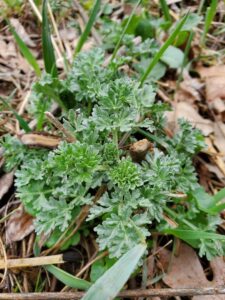
There are many ways to use and take mugwort. The entire plant can be used, the roots, leaves and flowers. Listed below are some to get you started on your mugwort journey.
The flowers and leaves can be used in a variety of food dishes. It pairs well with rich, heavy foods, helping to digest them more easily.
This herb can be used like any other green. It can go raw into salads. It does have a bitter taste, so start with just a small amount mixed with other greens.
Mugwort also goes well in soups and stews, like cilantro or parsley. Don’t stop there, you can add it to rice, chicken and fish to add flavor.
Being it is a green, throw some into your next green smoothie, if that’s your thing.
Because mugwort helps with gas, stomach acid, bile production, and overall digestion, tea is an easy way to handle these issues.
Taking it as a tea before going to bed helps to soothe the nerves. It could also give you some interesting dreams!
Fun fact: Back in WWII, when tea became a pricey luxury, mugwort was used as a tea substitute in some parts of England.
Tinctures are a simple and easy way to get mugwort into your system. You can either make your own or purchase it from an herbalist or natural wellness store.
This is a traditional Chinese medicine technique that involves the burning of mugwort to promote healing with acupuncture.
Mugwort leaves are dried and then lit over acupuncture points to circulate and strengthen blood and move energetic qi stagnation in the body. This facilitates energetic movement where there is limitation, restriction and stagnancy in the mind, body, and spirit.
Using a mugwort smudge stick can help to purify and clean the air. It can get rid of bacteria and other pathogens that may be in the air.
If you have problems with aphids or other insects in your garden, you may want to consider having a plant or two of mugwort. Remember, mugwort can be a bit greedy when it comes to space, so growing it in a pot will help it from taking over your garden.
A 2013 study affirmed this traditional knowledge of mugwort’s insecticidal properties, finding that even low concentrations of mugwort essential oil repelled and killed mosquito larvae.
You can make a weak mugwort tea and put it in a spray bottle for a bug spray.
You can purchase my Mugwort Tincture from my Herbal Shop today.
I wildcraft the plant myself in Central MN and make the tinctures in small batches.
I use the folk method for making all my tinctures, which uses no measurements except sizing things up with your eyes. So I put the plant material in a jar and then fill with alcohol.
The tincture comes in a 1 oz bottle with dropper.
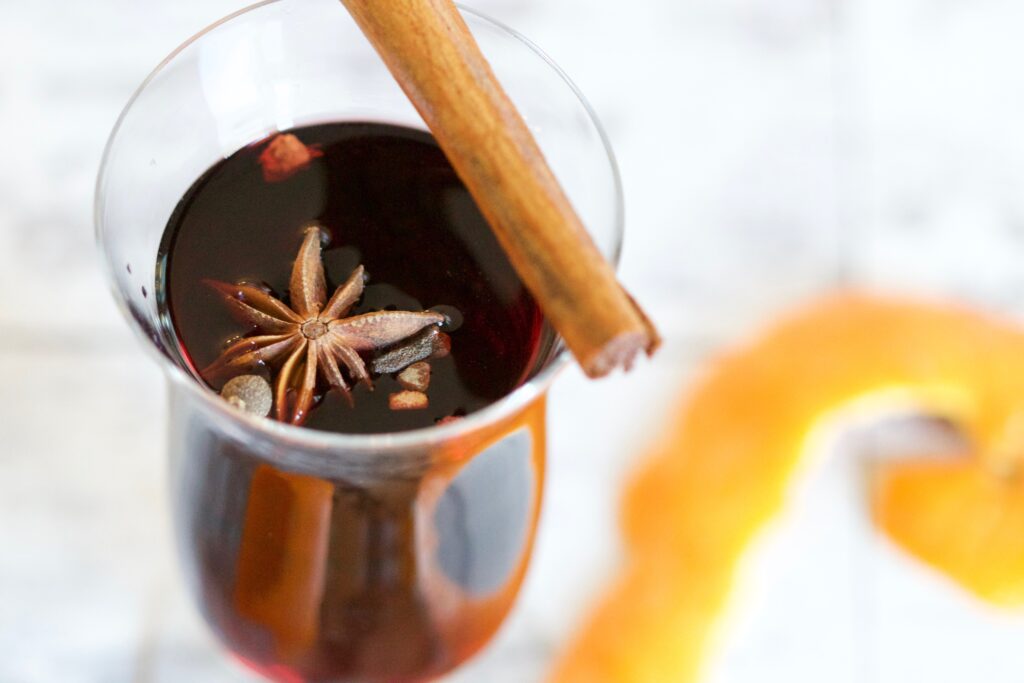
The simple definition of what a mulled wine is, is taking red wine, heating it up and adding spices to it.
But as we all know, we like to “spice” things up and create something with a little more pizzaz. And so the creation of a multitude of mulled wine styles begins.
Variations include adding spices, such as cinnamon, cloves, allspice, anise, and nutmeg. Citrus fruits and raisins can also be added to the mixture to enhance its flavor. And don’t forget other liquors, such as brandy, bourbon and beer are added depending on the recipe.
And there are many more cultures and countries that have some sort of mulled wine.
Mulled wine has a long history, starting back in 20 AD with the Romans.
By the 12th century, forms of mulled wine were very common in parts of Europe, especially in France and Spain. Recipes for this “spicy wine” can be found in written works of the time, like Regiment of Sanitat, written by Arnaud de Villeneuve, a doctor and theologian of the time.
This drink became even more popular in the 13th century, spreading further throughout Europe. The English king, Henry III, was very fond of mulled wine and made sure it was at the table when eating.
As the years went by, mulling was used more as a way to prevent waste of any wine that may have been unpleasant to taste. By adding herbs, spices and fruits, it made the wine more palatable.
Throughout the years, cultures took the recipes and altered them to suit their own taste. By adding different spices, herbs and fruits, they all created unique versions of this winter beverage.
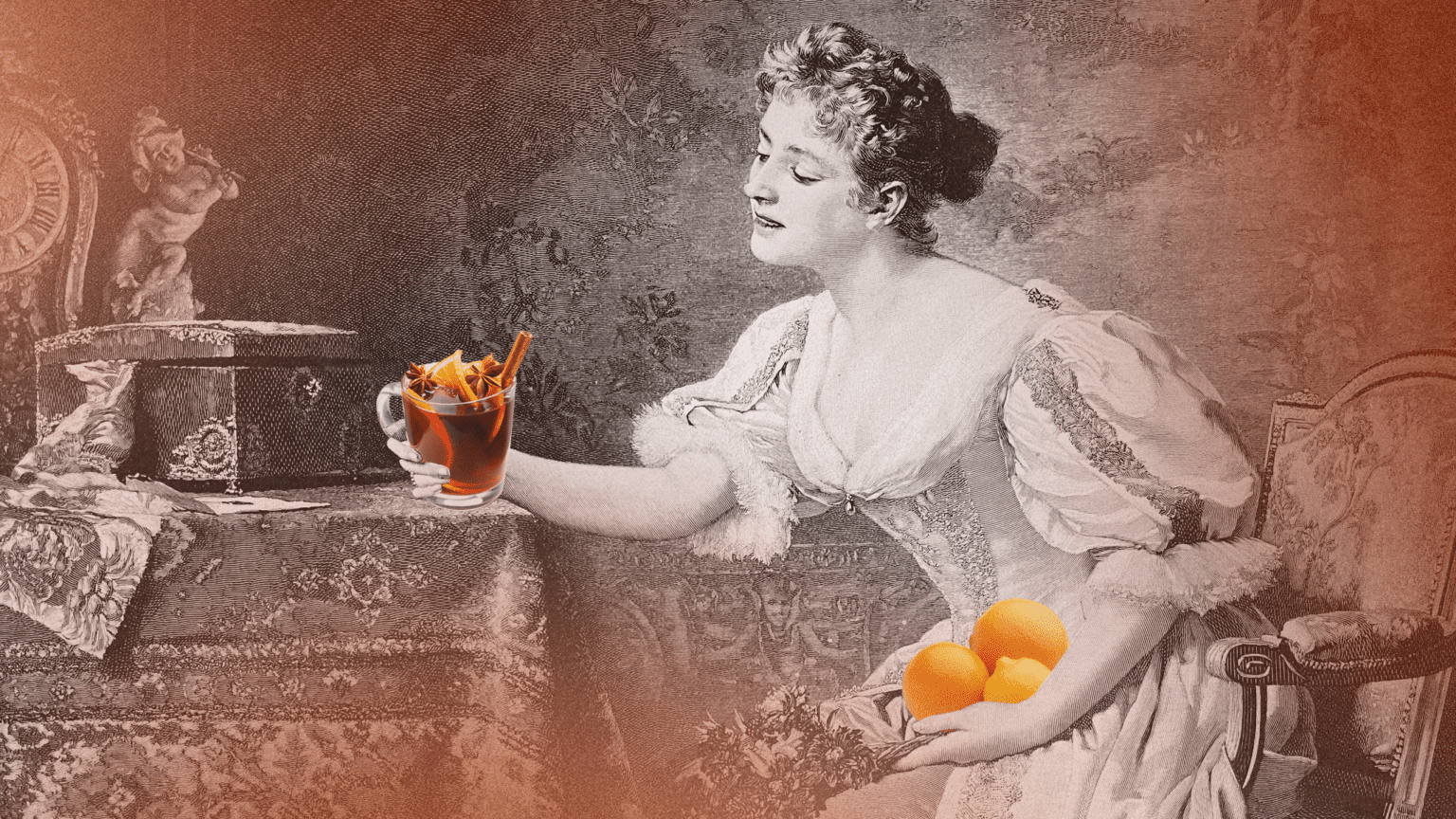
In the Middle Ages, people viewed mulled wine as almost medicinal. They believed that the added spices made them healthier. They weren’t exactly wrong. And, alcohol was at times safer than the water that was readily available to those that lived in cities, especially during the Black Death.
Ancient Greece used spiced wine as a medicinal tonic for warming the body. The Greeks called this elixir hippocras, after Hippocrates of Kos, the physician known as the “father of medicine”.
When taking a dive into the ingredients, one can see how mulled wine is a form of medicine and the health benefits it can provide.
Red wine offers many health benefits. It supports cardiovascular health and helps fight inflammation. Because it contains resveratrol, it can help sharpen your mind and fights off free radicals. Red wine may also help to improve your mood.
A study, conducted at Curtin University in Australia, found that regular consumption of red wine reduced the risk of developing cardiovascular disease by lowering LDL cholesterol levels in postmenopausal women by 8 percent and increased HDL cholesterol levels by 17 percent.
When used as a sweetner, honey has many benefits. It is a natural antibiotic and helps to activate the medicinal properties of the other herbs and spices.
Cinnamon brings warmth into the digestive organs and extremities. It also helps to lowers blood sugar levels and helps remove digestive parasites.
Orange peel, which is high in vitamin C, can improve our immune system. You can learn more about the health benefits of orange in my blog post 21 Reasons to Get Orange Peel Into Your Diet.
Cloves are anti-parasitic and help remove worms from the gut and improve circulation. But don’t add too many or you will numb your taste buds.
Cardamom brings strength to the digestive tract.
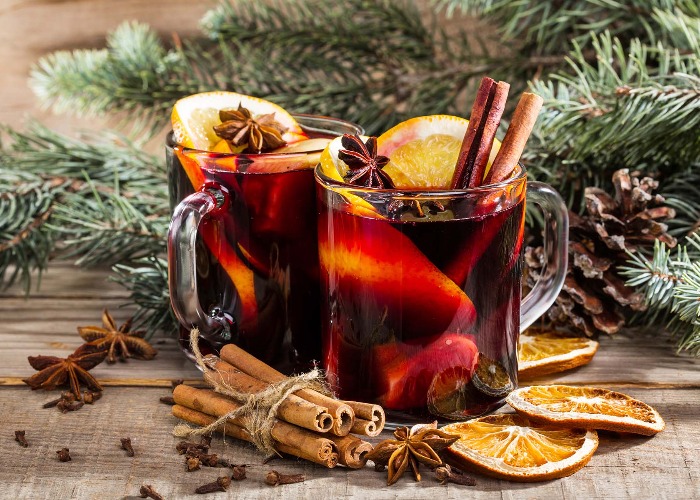
So why is mulled wine such a popular drink during the holidays and at Christmas?
This tradition appeared in the 1890’s, when outside German markets offered this warming beverage to their shoppers. Within a few years, it became a contest as to who could create the best tasting mulled wine in the market.
Charles Dickens, the writer, included a passage which mentioned Smoking Bishop, a popular mulled wine of the day, in his classic A Christmas Carol.
And what do you eat with mulled wine? There is nothing better to serve it with than shortbread, speculoos, or a cinnamon or almond cake.
Even though this is considered a holiday drink, Mulled Wine Day is celebrated on March 3.
There are a lot of variations when it comes to the recipes and ingredients for mulled wine. But here is a list of the most common items needed in making this beverage.
There is no shortage of recipes for mulled wine. Just Google it and see how many pages of recipes pop up. It’s really no surprise since this beverage has been around for centuries.
Once you start looking, you’ll be amazed at the variety of recipes that are out there. What is even more amazing is that once you know how to do it, you can start creating your own versions of mulled wine. There really is no wrong way.
To get you started, I put in a few links to some tasty mulled wines below. Once you try one, let me know what you think in the comments below.
CHEERS!
https://www.myrecipes.com/how-to/cooking-questions/what-is-mulled-wine
What is Mulled Wine? How to Make it and 5 Easy Recipes.
The mulled wine: origins and preparation advice
The History of Mulled Wine
https://www.nenaturalhealthcentre.com/uploads/2/5/8/6/25863178/mulled_wine.pdf
https://www.goodhousekeeping.com/health/diet-nutrition/a33145/drink-wine-every-day/
Benefits of Red Wine for the Heart, Body & Mind
In a world where everyone tries to be the same, being different is a breath of fresh air. And that is exactly what I need to be to make it in the herbal world. Standing out from the crowd is essential, because no one ever made a difference by being like everyone else.
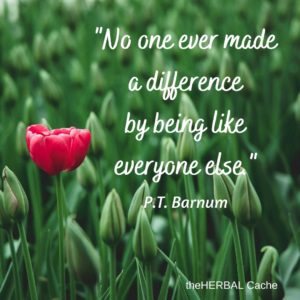
The answer is simple: be myself!
I can do this by being confident in who I am, being true to my values, and by sharing my knowledge with others.
Being confident in who I am is the foundation for everything else. If I don’t believe in myself, no one else will. So it’s important that I nurture a strong sense of self-worth. This doesn’t mean being egotistical or self-centered. It means having a healthy respect for myself and my abilities.
Being true to my values is also important. I need to stay true to what I believe in, even if it goes against the grain. If I’m not authentic, people will see right through me.
Finally, I need to share my knowledge with others. If I keep everything to myself, what’s the point? It’s important that I share my expertise with those who are interested. That way, I can make a difference in the herbal world.
Be different. Be unique.
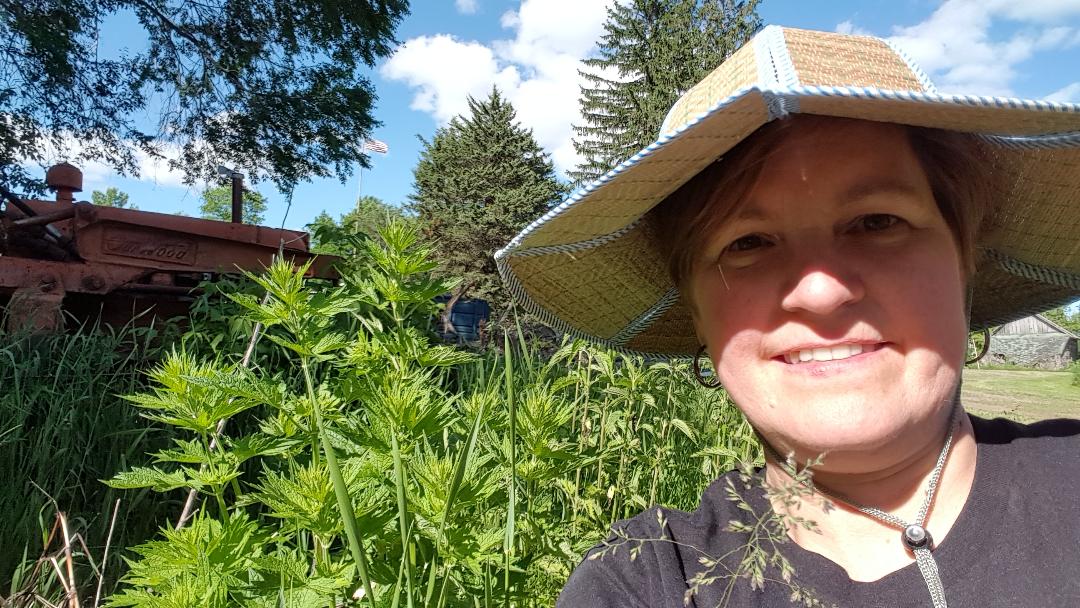
Herbalism has really gained momentum over the past few years, with more and more people looking to nature for wellness.
So where does that put me as an herbalist?
Lost! LOL!
Recently, I have started to feel like I’m swimming in an ocean, and have no sense of direction. I’m focusing on this, and then I’m focusing on that. For an entrepreneur, that is not good.
But I want to learn everything about herbalism and all there is to know about plants!
Well, I know I can keep learning. But if I want to grow my herbal business, I need a plan. I need some form of direction so my customers, like you, know what the heck I’m offering them.
My first path I want to create will be focused on herbal beverages and cocktails.
I recently read a tidbit in an email from CommonWealth Herbs on infusing herbs in wine. That caught my eye, because I love wine. So I tried it.
After that, herbs and beverages just kept popping out at me. A botanical drinks course, books, recipes, etc. And so I thought, why don’t I focus on herbal beverages? This is an easy and wonderful way to add herbs to your diet.
After all, what could be more refreshing than a nice cold herbal tea on a hot summer day? Or a delicious cocktail made with fresh herbs?
There are many types of beverages I will be looking into. Some of those will be mead, wine, infusions, shrubs, tonics, switchels, ciders and more!
As I go along on my herbal journey, I will be sharing it with you too, so that you can take part in the wonderful world of herbal drinks and add them to your wellness cabinet.
Cheers!

As with anything, the government likes to dip its hand into herbalism when it sees fit.
Don’t get me wrong, we need laws and guidelines to keep things in order. Herbalism is such a large part of our lives and it’s important to be informed about the laws and guidelines that surround it. But sometimes I feel the government takes on more then what it should.
So with this being said, with this pathway, I want to look at the history of herbalism and Big Pharma, and how they have competed throughout the years. I also will look at the current standings and bills trying to get through the legislature that involve the future of herbalism and supplements.
After all, we are the ones who use these products and we should have a say in how they are regulated.
I may only be one person, but I have to do what I can as an individual to keep herbalism safe and alive. And that means being aware of what is happening at the government level as well as what is happening in my backyard.

So my two focuses for the future are herbal beverages and the laws that affect herbalism. I don’t know how long this journey will be, but I know it will be interesting and thirst satisfying!
I will still be inserting other topics in here and there. Need to keep things interesting, right?
So I hope you will stick around for the journey.